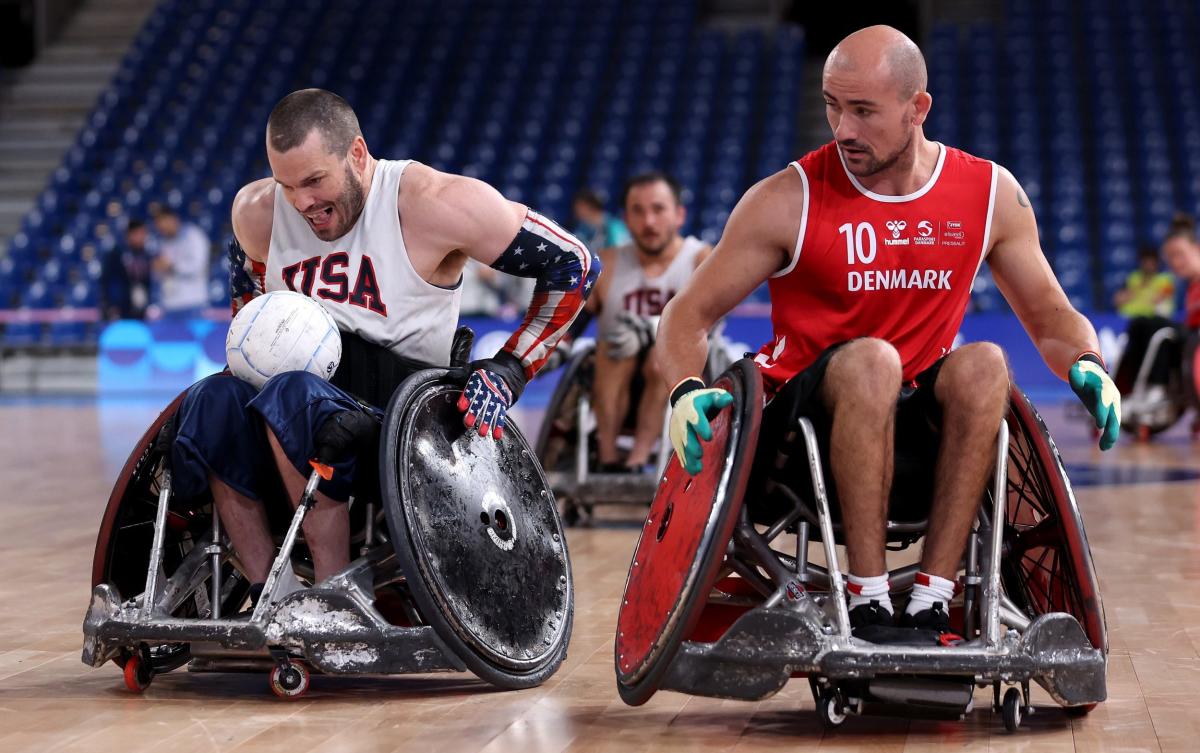Click here to view this content.
Four thousand athletes representing more than 150 countries will reconvene in Paris on Wednesday to kick off the 16th Paralympic Games. A total of 549 gold medals are up for grabs across 22 sports, up from 20 after badminton and taekwondo made their Tokyo debuts.
Many will be familiar with Olympic disciplines such as swimming and rowing returning in their Paralympic forms, but the Games will also include a number of sports that do not feature in the Olympics at all.
Due to the classification system, which splits each sport into different groups of athletes with similar disabilities to ensure fair competition, the Paralympic Games feature multiple versions – sometimes even multiples – of each event.
Take athletics, for example. The Olympics have two finals, one for men and one for women, while the most recent Paralympics in Tokyo had 29, each with their own stories and rivalries. And because it all takes place in 11 days, compared to the 12 days of the Olympics, the schedule is packed. For a full guide to what to watch and when, see our key events explainer.
Even those Paralympic sports with household names can surprise the uninitiated. Wheelchair rugby has similarities to rugby, of course, but also combines elements of basketball and handball, which is why the ball is round rather than oval. It has evolved into a brutal game often referred to as “Murderball,” due to the aggression and noisy contact, which often results in punctures and overturned wheelchairs.
Lesser known are boccia (pronounced bot-cha) and goalball, two disciplines unique to the Paralympics that have been fully included in the sport since 1984. The accessibility of boccia in particular has made it possible for athletes with severe disabilities to participate and compete for their national teams.
Before the Games begin, here’s a look at some of the most unique Paralympic sports and how they are played and won.
Goal ball
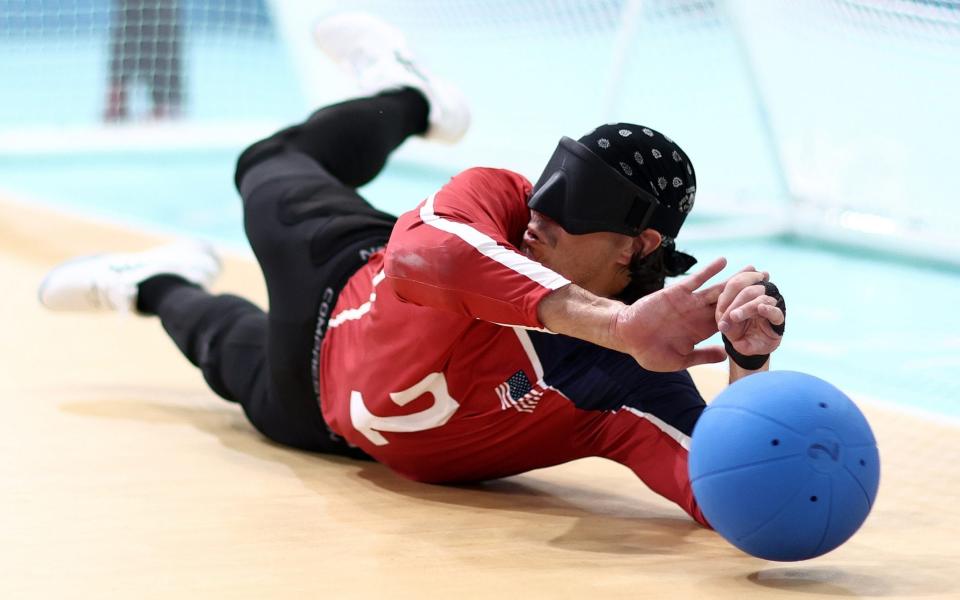

Goalball is a fast-paced team sport designed specifically for blind and visually impaired athletes. The sport lasts 12 minutes and requires players to use their entire body to block shots.
Teams of three, all blindfolded to ensure equal vision, lie on either side of a field (about the size of a volleyball court), with tactile lines on the sides to determine where they are.
As in blind football, the audience must be silent so that the players can hear the movement of the ball and the internal bells.
Shots must bounce to count and are extremely difficult to block as the 9-metre goals span the entire width of the field.
Teams take turns attacking and defending. If your team has the most goals when the clock runs out or if you have a 10 point lead, you win.
Boccia
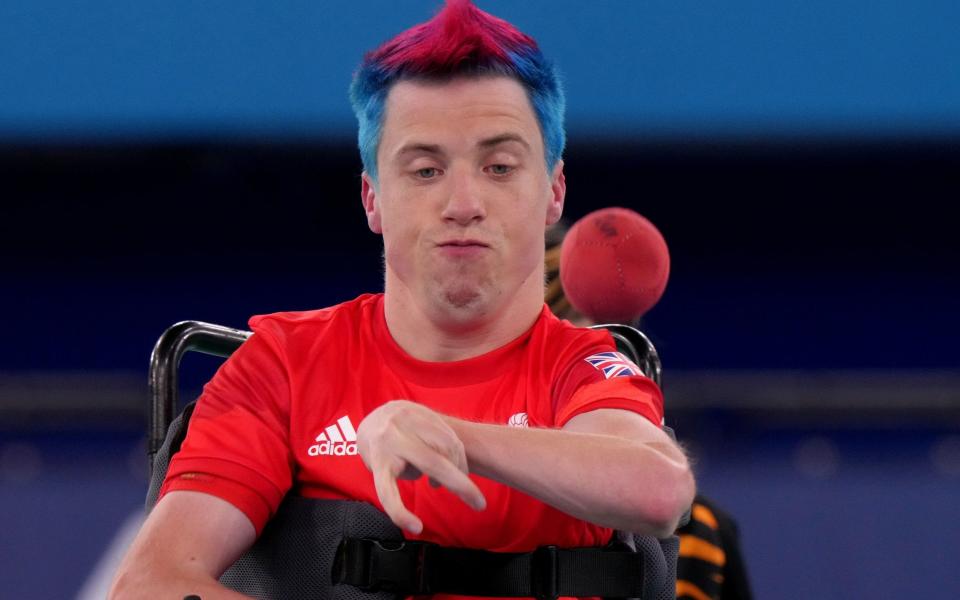

This variation of boules was originally developed for people with cerebral palsy. All boccia players play in a wheelchair and have a disability that affects their motor skills.
Two sides, red and blue, line up as individuals, pairs or teams of three, with six balls of each colour.
Precision is the name of the game here. The goal is to finish the round, or “end,” with your colored ball closer to the white ball, the “jack,” than your opponent.
Boccia is played slightly differently depending on the classification. Some athletes play with their hands, others with their feet. Others compete using a ramp and a pointer attached to their head, aided by assistants who position the ramps according to their instructions.
Sitting volleyball
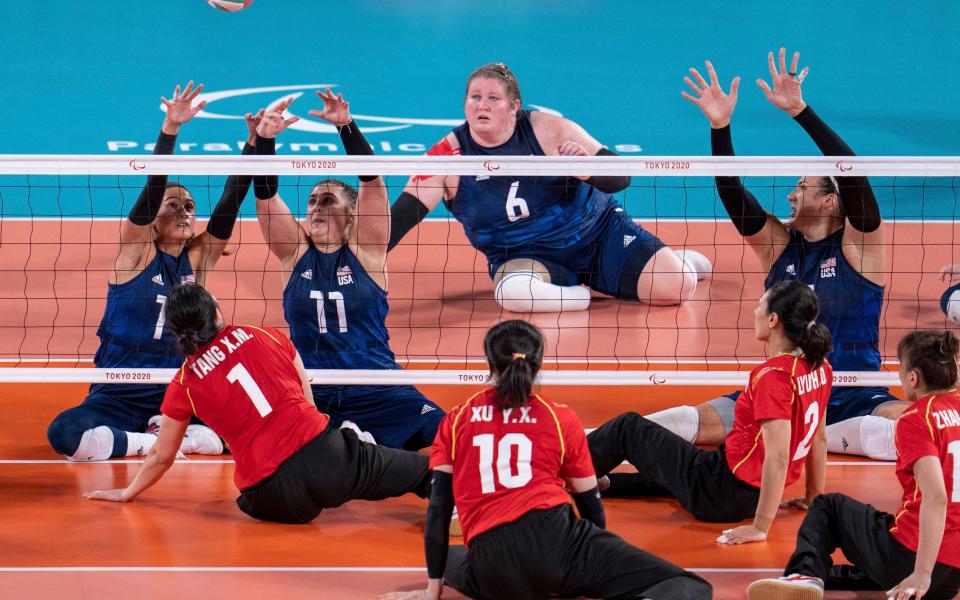

More obviously, the rules of sitting volleyball are very similar to the Olympic version. There are a few differences though: the court is smaller and the net is much lower to begin with.
It is crucial that the athlete’s buttocks and back maintain contact with the floor, especially when playing the ball.
Each match is played in sets of five, with the winning team being the first team to score 25 points in each set.
In cases where teams tie even two sets, there is a deciding fifth set that goes to 15 points.
Wheelchair rugby
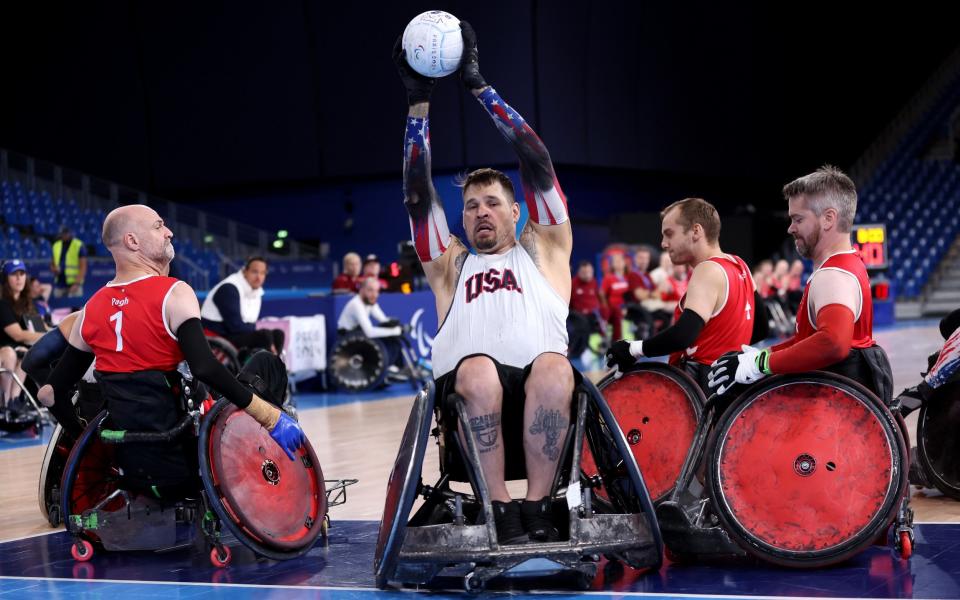

A full-contact team sport that combines elements of rugby, volleyball and handball. The aggressive, high-impact style of play often results in noisy collisions and overturned wheelchairs.
Many were first introduced to the brutality of the sport, often referred to as “Murderball,” by the 2005 documentary of the same name, which followed participants in the 2004 Paralympic Games in Athens.
The special wheelchairs are equipped with a sturdy frame, an anti-tip device at the rear and a double bumper.
But wheelchair rugby is about more than just taking a hit. Players score by carrying a modified volleyball over the try line. When in possession of the ball, players must dribble at least once or pass at least every 10 seconds.
Matches are divided into four eight-minute quarters and players must outsmart defenders and advance towards the opposition try-line by throwing, rolling, dribbling or carrying the ball on their knees. Unlike rugby, forward passes are also permitted.
Broaden your horizons with award-winning British journalism. Try The Telegraph free for 3 months with unlimited access to our award-winning website, exclusive app, money-saving offers and more.

